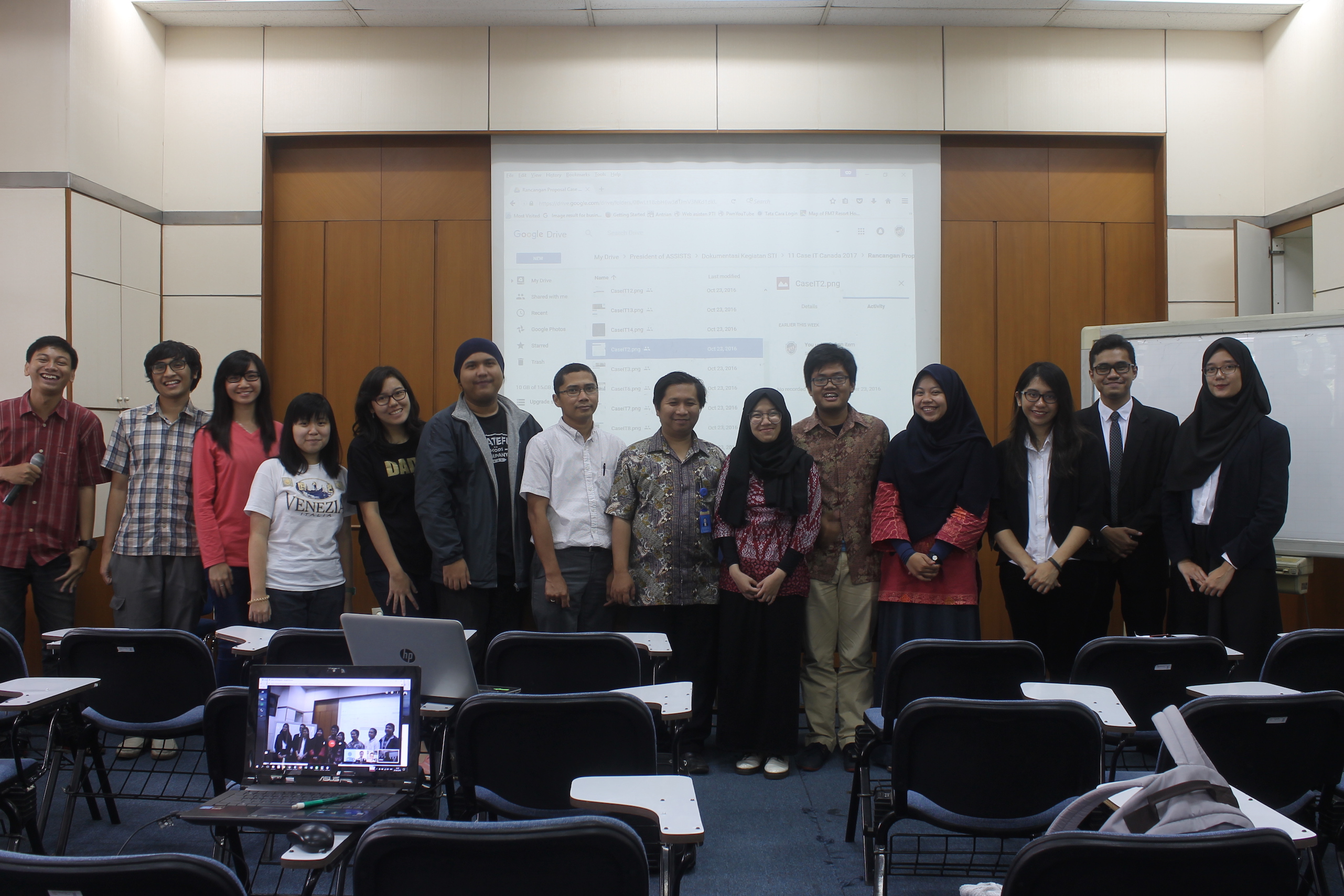Jakarta, CNN Indonesia —
Storm the harsh winter that hit New Yorkthe United States and its environs are mentioned in connection with a number of atmospheric phenomena.
Bad weather has so far killed at least 37 residents, with most New York victims buried in more than a meter of snow. The same storm also caused traffic jams and power outages due to a frozen substation over the Christmas period.
New York Governor Kathy Hochul said CNN that the storm was “the strongest hurricane in the long history of Buffalo (a city in the state of New York)”.
Hochul added that this winter storm brought heavy rain, snow and high winds across the state. On Thursday (12/22), he declared a statewide state of emergency which went into effect Friday (12/23) at 06:00 local time.
“I ask everyone to stay off the streets tonight as conditions will worsen as temperatures drop across the state today. Be Prepared, Stay Home and Stay Safe this weekend. end,” he said in a statement. official statement.
The National Weather Service (NWS), which is America’s BMKG, describes the winter storms that hit Buffalo and western New York before Christmas as “once in a generation” events.
“Storm [yang terjadi] once in a generation this will generate strong winds over eastern Lake Ontario Thursday night through Friday morning, then cover our wider area Friday through Saturday,” the NWS office in Buffalo said. FoxNews.
“Winds could blow in excess of 65 meters per hour, causing at least the dispersal of power outages,” the statement added.
Quote of the weather from December 26 to 28 on the site, NWS revealed that this storm is related to the phenomenon of clipper systems.
The Clipper system is an area of low atmospheric pressure that generally forms over southern Canada and rapidly descends in the southeast and eastern United States.
“The Clipper system will send snow across the Northern Plains into the Midwest through Monday,” the weather authority said.
The Midwest includes the states of Illinois, Indiana, Iowa, Kansas, Michigan, Minnesota, Missouri, Nebraska, North Dakota, Ohio, South Dakota and of Wisconsin.
“Arctic air over much of the eastern United States will be slow to moderate,” the statement continued.
The NWS said much of the eastern United States would remain frozen through Monday “before a moderating trend sets in on Tuesday.”
(team/ar)

“Evil pop culture fanatic. Extreme bacon geek. Food junkie. Thinker. Hipster-friendly travel nerd. Coffee buff.”







